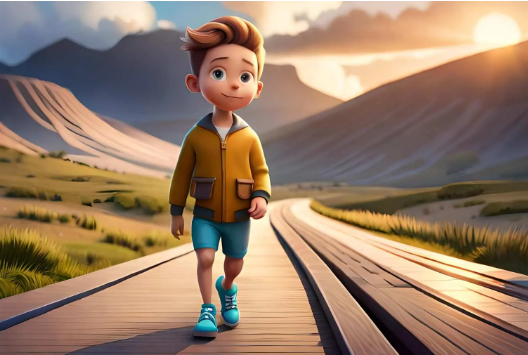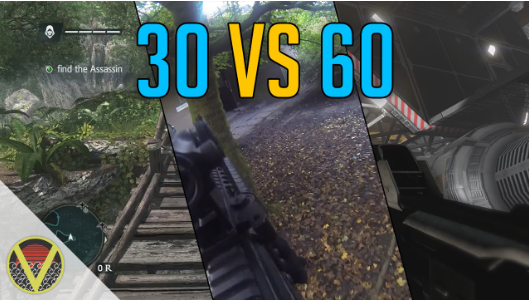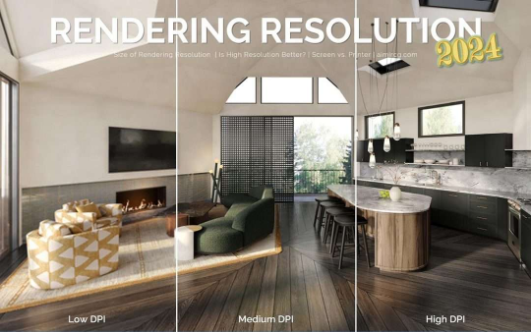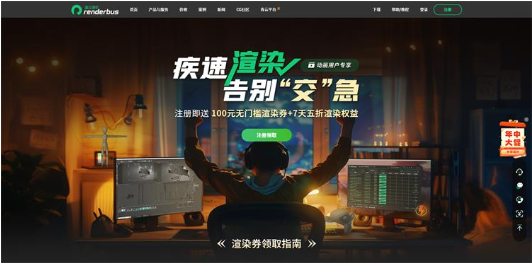2024-07-12
한어Русский языкEnglishFrançaisIndonesianSanskrit日本語DeutschPortuguêsΕλληνικάespañolItalianoSuomalainenLatina
In the grand picture of the 3D animation industry, render farms are the heroes behind the scenes, supporting the birth of countless visual wonders with their huge computing power. These systems, composed of high-performance computer clusters, unlock the creative freedom and efficiency that are difficult to achieve with a single machine through a unique frame-by-frame rendering strategy. This article will deeply analyze the logic behind this strategy and reveal how frame-by-frame rendering has become the golden rule for animation production.

frame
Frames are individual images that, when placed together in sequence, create the illusion of motion. Each frame is rendered as a separate file, usually in formats such as PNG, EXR, or TIFF. PNG is often used for scenes that require high quality but moderate file size due to its lossless compression characteristics; while EXR is the first choice for projects pursuing extreme visual effects because it supports high dynamic range.
video
Video is a continuous sequence of frames encoded into a single file, common formats include MP4, MOV and AVI, each with its own set of compression standards and quality considerations. Video is easier to play and distribute, but less flexible in post-production.

Modularity and error handling
1. Error Isolation: Rendering frames allows for isolated error management. If a specific frame encounters a problem during rendering, only that frame needs to be re-rendered. In contrast, an error during video rendering may require re-rendering of the entire video file.
2. Incremental progress: Use "Frame" to monitor and manage progress frame by frame. This modular approach ensures that rendering tasks are completed step by step and any interruption has minimal impact on the overall process.
Resource Management
1. Parallel processing: Parallel processing not only greatly accelerates the rendering process, but also makes full use of the distributed characteristics of modern computing technology, so that large projects can be subdivided into countless parallel tasks, with each machine performing its own duties and jointly pushing the project forward quickly.
2. Load balancing: By distributing frames according to each machine’s current workload, the render farm can optimize resource utilization, ensuring that no single machine becomes a bottleneck.

Flexibility in post-production
Frame Adjustments: Individual frames can be fine-tuned in post-production to address issues such as color correction, compositing, and visual effects. This level of control is not possible with a single video file.
Integration into editing workflows: Frames can be easily imported into video editing software, providing greater flexibility in managing and organizing the final video output.
Strengthen quality control
Frame-by-frame inspection: Frame-by-frame rendering allows artists to review and adjust their works at the pixel level, ensuring that every detail accurately expresses the creative intent, which is an advantage that cannot be matched by direct video output.
Consistent quality: Rendered frames allow for uniform adjustments, maintaining consistent quality throughout the animation. Changes in lighting, textures or rendering artifacts can be handled individually.

Efficient workflow management
Distributed Rendering: By rendering frames simultaneously on multiple machines, large projects can be completed faster and tight deadlines can be met more efficiently.
Scalability: Render farms can be scaled up by adding more machines to handle increased workloads, enabling them to handle more complex projects without noticeable delays.

Powerful backup and recovery functions
Frame Storage: Each rendered frame is stored independently, providing a powerful backup system. In the event of data loss, only the affected frames need to be restored, without restoring the entire video file.
Redundancy: Frames can be replicated and stored in different locations, ensuring data integrity and availability.
Frame-by-frame rendering is not only a technical choice, but also a reflection of a rigorous attitude towards artistic creation. It not only optimizes resource utilization and enhances the flexibility of post-production, but also provides a solid guarantee for the quality control of animation works. With the advancement of technology and the continuous growth of creative needs, the frame-by-frame rendering strategy of the render farm will continue to be a key force in driving the animation industry forward.
If you are facing the problems of slowness and lag in rendering of film and television animation, turning to cloud rendering farm services is a good solution.Renderbus, with its strong cloud computing capabilities and flexible rendering solutions, can significantly improve your rendering efficiency and allow your creativity to be displayed smoothly. New users can get a 10-yuan rendering coupon by filling in [XLXM] when registering an account. After completing real-name authentication, you can get another 100-yuan rendering coupon.。
